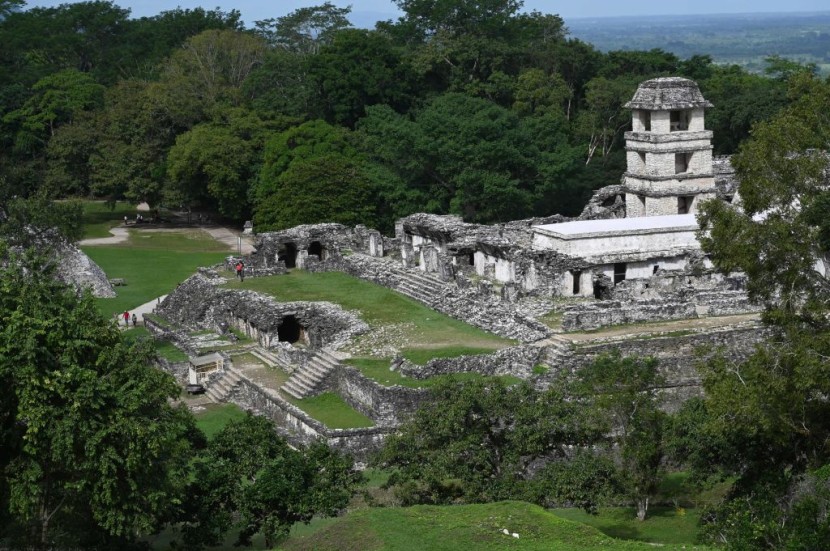On Mexico's Yucatan Peninsula, high above the jungles of Campeche, a lost city that was probably abandoned more than 1,000 years ago was revealed.
Following this, archaeologists spent six weeks in May and June surveying the site, which they have named Ocomtun, according to CNN.
The Ocumtun
They discovered pottery and engravings that they believe date from between 600 and 900 AD, or the Late Classic Period of the Maya Civilization, as well as 50-foot-tall (15.2-meter-tall) structures that resemble pyramids.
In order to get to what they refer to as a "major site," the researchers had to cut their way through a dense jungle using machetes and chainsaws to cut down trees and slash through other foliage. Unused tracks and roads brought them rather close to the location.
The spectacular stone constructions and pyramid temples of the Maya civilization are what is most well-known today. These sites may be found all over southern Mexico, Guatemala, Belize, Honduras, and El Salvador.

They discovered three plazas that were replete with sizable structures and a baseball field. The city shares similarities with other Maya cities from the same time period, but it also has "certain peculiar features."
The pottery fragments discovered in a 2-meter by 2-meter test pit they dug during the six-week study helped them determine the age of the site. They intend to come back the following year to conduct more research.
Read also: iPhone 12: Night Mode Photography With Lidar Scanner Is a Step Toward the Future
The Role of LiDAR
LiDAR identified the locations of the structures, but when they set out to examine the region, they encountered a significant obstacle.
Since its introduction in archaeology at the turn of the century, remote sensing technology has completely changed the discipline, especially for scholars working in densely forested regions that are challenging to investigate on foot, like those in Central America.
A LiDAR sensor mounted on an aircraft or, in some situations, a drone measures the time it takes for each laser pulse to return and utilizes that data to produce a three-dimensional map of the area below.
Understanding these sites can provide insight into how cities and communal life first developed as well as whether or not significant construction undertakings in the past required the backing of centralized authorities or powerful elites. But there are still a lot of unsolved questions in the case of the recently found city.
To thoroughly dig Ocomtun and learn more about the location and its reasons for abandonment, it might take years. In the ninth and tenth centuries, numerous formerly densely populated communities, mainly in the southern and central Yucatan Peninsula, were abandoned over the course of around 200 years.
Related article: 4,000 to 10,000 Year-Old Cave Drawings Discovered by Peccary-Chasing Scientists (SLIDESHOW)
© 2025 HNGN, All rights reserved. Do not reproduce without permission.








